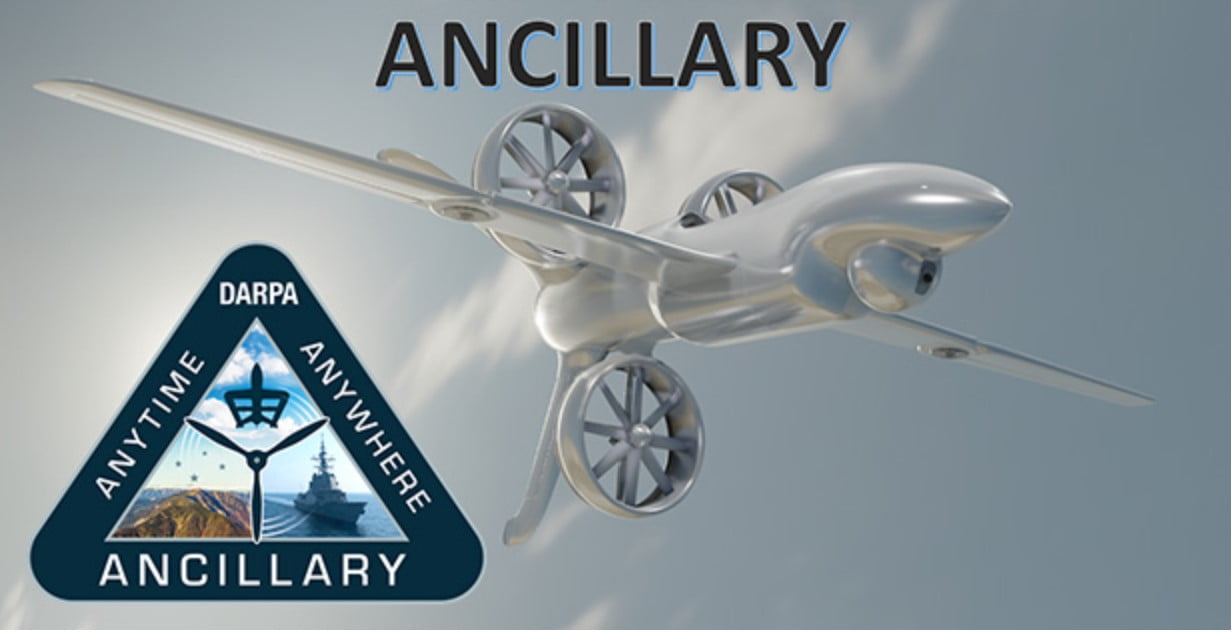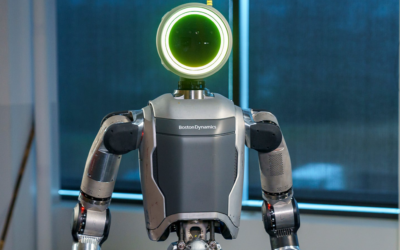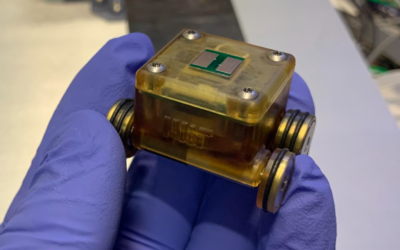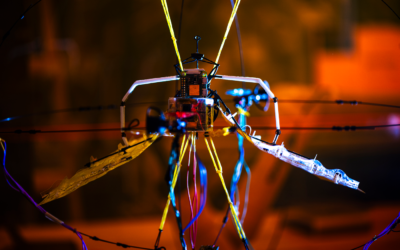DARPA (Defense Advanced Research Projects Agency) has recently announced they have chosen nine companies to embark on the development of a vertical takeoff and landing (VTOL) uncrewed aerial system (UAS). This groundbreaking initiative, dubbed ANCILLARY (AdvaNced airCraft Infrastructure-Less Launch And RecoverY), aims to create an innovative VTOL UAS capable of deployment and retrieval without relying on large mechanical launchers or landing/recovery equipment.
The primary objective of ANCILLARY is to demonstrate a low-weight, large-payload, long-endurance VTOL uncrewed X-plane. AeroVironment, AVX Aircraft, Griffon Aerospace, Karem Aircraft, Leidos, Method Aeronautics, Northrop Grumman, Piasecki Aircraft, and Sikorsky have been selected to develop VTOL UAS designs tailored to Navy and Marine missions during the initial six-month Phase Ia. Following this, competitive proposals for more detailed X-plane design work will be submitted.
Steve Komadina, the DARPA program manager for ANCILLARY, explained the program’s mission: to develop a small UAS capable of taking off and landing vertically, like a helicopter, and efficiently conducting missions as a winged aircraft with a substantial payload for diverse applications. The goal is to create a VTOL UAS that can operate from ship flight decks and small land locations in various weather conditions, eliminating the need for traditional launch and recovery equipment typically used by current high payload weight, long-endurance aircraft.
To achieve these challenging design objectives, ANCILLARY will leverage technology advancements in VTOL aircraft configurations, propulsion architectures, and control effectors/theory from both traditional and non-traditional industry companies.
One of the major challenges lies in integrating flight vehicle capabilities that combine VTOL, long endurance, and large payload while meeting requirements for shipboard storage and operations. The propulsion system plays a critical role, requiring sufficient power to lift the X-plane vertically while maintaining high efficiency during forward flight when power demands are lower.
The ambitious ANCILLARY project aims to culminate with X-plane flight tests anticipated in early 2026.








